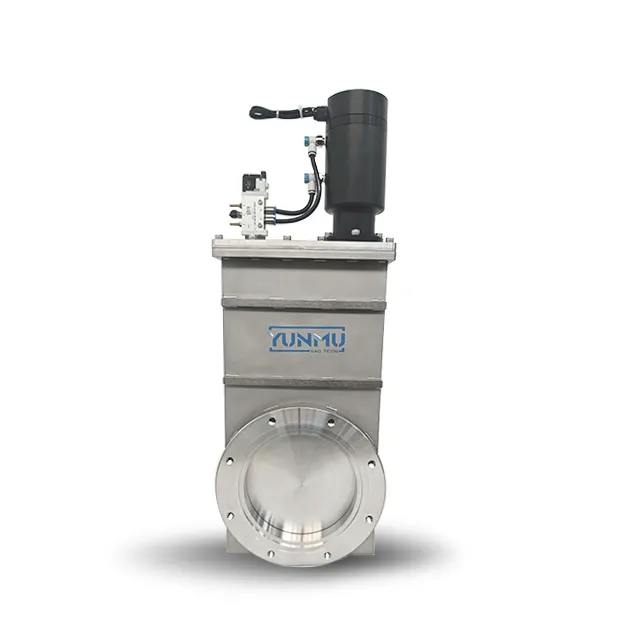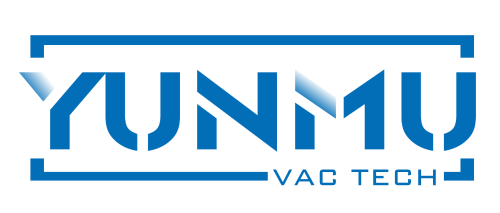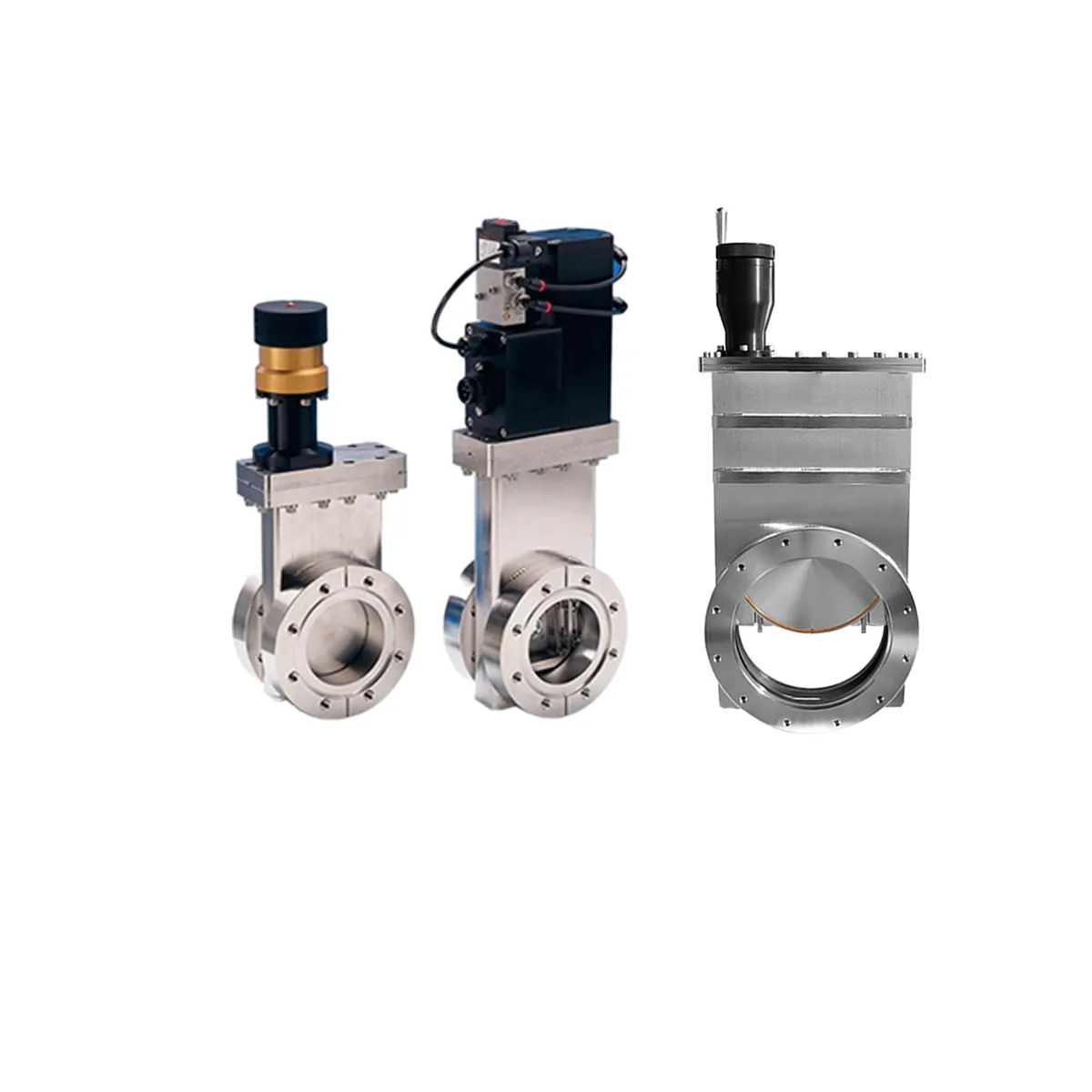Understanding the Critical Role of Vacuum Valves in Modern Industrial Applications
Industrial vacuum systems form the backbone of many manufacturing processes, from semiconductor fabrication to pharmaceutical production. At the heart of these systems lies a crucial component - the vacuum valve. These precision-engineered devices control the flow of gases and maintain specific pressure levels, directly impacting the efficiency and reliability of industrial operations. Selecting the appropriate vacuum valve requires careful consideration of multiple factors to ensure optimal system performance and longevity.
Modern industrial processes demand increasingly sophisticated vacuum control solutions. As systems become more complex and requirements more stringent, the importance of choosing the right vacuum valve cannot be overstated. A well-selected valve not only ensures process integrity but also contributes to energy efficiency, reduced maintenance costs, and improved production outcomes.
Essential Factors in Vacuum Valve Selection
Operating Environment and System Requirements
The operating environment plays a pivotal role in vacuum valve selection. Factors such as temperature range, pressure conditions, and exposure to corrosive substances must be carefully evaluated. Industrial systems operating in harsh environments require vacuum valves constructed from materials that can withstand extreme conditions while maintaining their sealing integrity.
System requirements, including the desired vacuum level, flow rate, and cycling frequency, directly influence valve choice. High-cycle applications may benefit from pneumatically actuated vacuum valves, while those requiring precise control might need electronically controlled options. Understanding these requirements ensures the selected valve can meet both current needs and anticipated future demands.
Material Compatibility and Construction
The materials used in vacuum valve construction must be compatible with both the process media and the operating conditions. Stainless steel valves offer excellent corrosion resistance and durability, while specialized alloys may be necessary for particularly aggressive environments. The sealing materials, whether elastomeric or metal, must also align with the application requirements.
Construction quality affects not just durability but also maintenance requirements and total cost of ownership. Premium vacuum valves featuring high-grade materials and precise manufacturing typically offer better reliability and longer service life, justifying their higher initial investment.

Technical Specifications and Performance Parameters
Flow Characteristics and Conductance
Flow characteristics represent a critical aspect of vacuum valve performance. The valve's conductance - its ability to allow gas flow - must match system requirements. Large conductance values are essential in high-throughput applications, while controlled flow might be more important in precision processes.
Understanding the relationship between valve size, configuration, and flow performance helps optimize system design. Proper sizing ensures efficient operation without unnecessary pressure drops or flow restrictions that could compromise system performance.
Leak Rate and Sealing Technology
The integrity of vacuum systems depends heavily on minimizing leakage. Modern vacuum valves employ various sealing technologies, from elastomer seals to metal-to-metal designs, each offering different leak rate specifications. The acceptable leak rate varies by application, with some processes requiring ultra-high vacuum capabilities.
Advanced sealing technologies incorporate features like double-sealing arrangements or specialized surface treatments to enhance sealing performance. These innovations help maintain vacuum integrity even under challenging operating conditions.
Installation and Maintenance Considerations
Mounting Requirements and Space Constraints
The physical installation of vacuum valves must account for space limitations and accessibility requirements. Compact designs may be necessary in systems with tight space constraints, while others might prioritize ease of maintenance access. The mounting orientation can affect valve performance and longevity, making it crucial to follow manufacturer recommendations.
Integration with existing infrastructure requires careful planning, including considerations for pipe connections, actuator placement, and control system interface. Proper installation ensures optimal valve performance and simplifies future maintenance activities.
Maintenance Protocols and Service Life
Regular maintenance is essential for maintaining vacuum valve performance. The maintenance schedule should align with operational requirements while minimizing system downtime. Some valve designs feature easily replaceable components or cartridge-style assemblies that simplify maintenance procedures.
Predictive maintenance strategies, supported by monitoring systems and performance tracking, help optimize service intervals and prevent unexpected failures. Understanding the expected service life and maintenance requirements influences both initial selection and long-term operating costs.
Cost Analysis and Long-term Value
Initial Investment Considerations
While initial cost often influences vacuum valve selection, it should not be the sole determining factor. Higher-quality valves typically offer better performance, reliability, and longevity, potentially resulting in lower total ownership costs. The investment analysis should consider both immediate expenses and long-term operational implications.
Additional costs, such as installation requirements, specialized tools, or training needs, must factor into the initial investment calculation. Understanding these comprehensive costs helps make more informed selection decisions.
Operational Economics and ROI
The return on investment for vacuum valves extends beyond simple purchase price comparisons. Energy efficiency, maintenance requirements, and system reliability all contribute to the overall economic picture. High-performance valves may command premium prices but often deliver superior value through reduced operating costs and improved process outcomes.
Long-term value assessment should include factors like spare parts availability, manufacturer support, and potential system upgrade compatibility. These considerations ensure the selected valve continues to meet evolving operational needs.
Frequently Asked Questions
What is the typical lifespan of a vacuum valve in industrial applications?
The lifespan of a vacuum valve varies significantly based on operating conditions, maintenance practices, and quality of construction. High-quality valves in well-maintained systems typically last 5-10 years, though some may operate effectively for longer periods under optimal conditions. Regular maintenance and proper operation can substantially extend service life.
How often should vacuum valves be inspected and maintained?
Most industrial vacuum valves require inspection every 6-12 months, depending on usage intensity and operating environment. High-cycle applications may need more frequent inspections, while valves in less demanding situations might operate reliably with annual maintenance. Always follow manufacturer-recommended maintenance schedules and procedures.
Can vacuum valves be retrofitted or upgraded in existing systems?
Many modern vacuum valves are designed with retrofit compatibility in mind, allowing for system upgrades without major infrastructure changes. However, careful evaluation of existing connections, control systems, and space constraints is essential before proceeding with any retrofit project. Working with experienced suppliers ensures successful integration of new valve technologies into existing systems.

